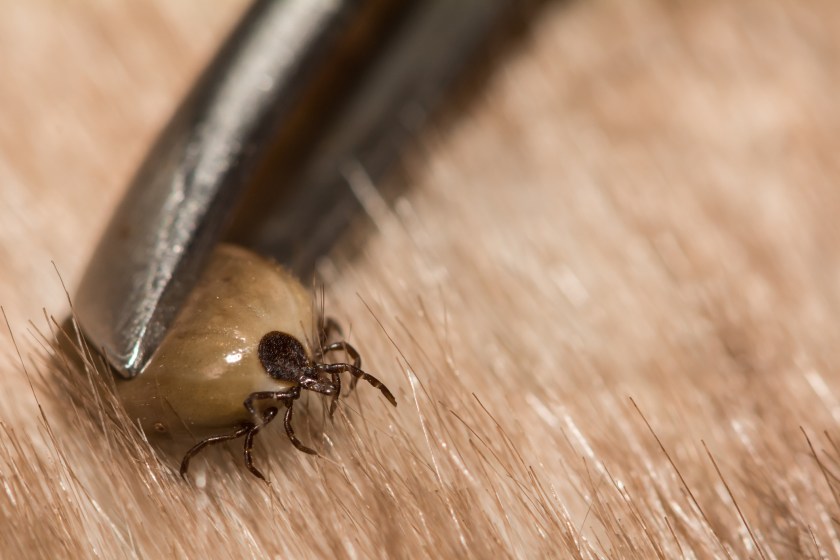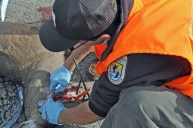A research team from the University of Wisconsin, University of Texas, University of Montana, and the USGS have released new information that indicates ticks may be indirectly spreading chronic wasting disease (CWD).
In the study, which published in the Scientific Reports journal, researchers inoculated cow blood with CWD-infected deer tissue. That blood was then made available to black-legged ticks to feed on. Those ticks were then tested for prions, which are the mis-folded proteins that indicate CWD. The results showed that black-legged ticks can serve as a vector for CWD prions.
That's not all. Researchers also tested ticks pulled from whitetail deer heads harvested by hunters for CWD prions. Both the laboratory ticks and the wild ticks indicated "a CWD risk to cervids," by carrying "transmission-relevant amounts" of prions.
CWD Possibly Spread by Grooming?
The study examined whether deer could be transmitting CWD amongst herds by ingesting infected, engorged ticks while allogrooming, a common deer behavior in which they socially groom each other.
A sampling of 2,000 hunter-harvested dead heads contained 174 infested with ticks, with 15 of those tick-infested deer testing positive for CWD. The deer blood from inside the engorged ticks was also tested, and of those 15, six showed active CWD prions.
But what remains unanswered is if deer actually become infected with CWD by ingesting ticks carrying the fatal disease via social grooming.
"Natural modes of indirect transmission of CWD among free-ranging cervids remain poorly examined," researchers noted in the study. "The presence of [prions] in blood may pose a risk for indirect transmission by way of ... parasites acting as mechanical vectors, as cervids can carry high tick infestations and exhibit [social] grooming."
What Does This Mean?

Jason Ondreicka/Getty
There is still a lot to be known about the role ticks may play in the creeping spread of CWD across North America's deer herds. This study may lead to further understanding of disease transmission and even potentially, a reevaluation of how CWD is managed and contained.
"We have identified a potential vector of CWD not previously evaluated for [whitetail deer]," researchers wrote in the study. "These findings and implications may prove useful for CWD research and adaptive management efforts moving forward as we advance our understanding of ecologically relevant drivers of CWD dynamics."
Spread of CWD
CWD continues its slow spread despite millions spent in research and management efforts. The CWD Research and Management Act provides funds through 2028 to assist state, federal and tribal agencies in learning more about the spread of this disease and to develop effective management strategies.
To date, CWD has been found in 30 states across the nation and four Canadian provinces.
In Iowa, the Department of Natural Resources recently announced that CWD was detected for the first time in three counties (Jasper, Grundy, and Lucas) in 2022.
Last year, CWD cases were confirmed for the first time in both Louisiana and North Carolina.




